4 Technologies That Are Keeping The Petrol Engine Alive
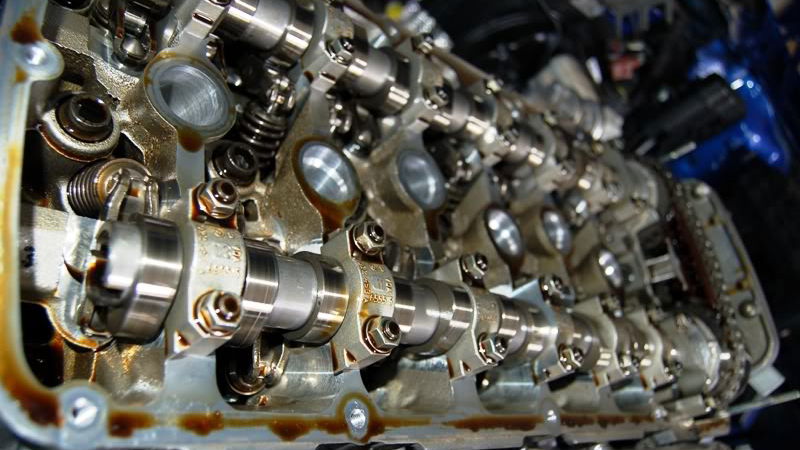
Looking at current research and development in the automotive industry, it seems that the petrol engine is still being given the chance to shine for a little while longer despite the onslaught of hybrid and fully electric powertrains. With the trend of downsizing looking to be slowing down and in some cases being reversed, manufacturers have looked to much more radical forms of engineering to keep the petrol engine as a viable option.
Car companies are still pursuing developments in petrol engine technology as a sort of stop gap before all-electric ranges are feasible. With fundamentals of internal combustion being completely revolutionised in these designs below, it seems that the gasoline engine still has plenty life left in it.
Cylinder deactivation

As much as us car guys and girls enjoy burning petrol, it should never be wasted needlessly. It makes sense that once a car is up and running, some cylinders are switched off to minimise fuel consumption. When a car is cruising after an initial acceleration, much less power is needed to keep the keep the car at speed, so cylinders can be deactivated to reduce the overall displacement.
As a throttle sensor realises that accelerator pedal input is minimal, a solenoid is activated within the valvetrain that clamps the valves shut. This can be accomplished both in a pushrod engine (where the pushrod itself is locked in place) or an overhead cam engine (where the rocker arms can be locked). This means no fuel or air can enter the deactivated cylinders, reducing the engine’s displacement.

The physical shutdown of cylinders has to be completed in a balanced way to equalise forces from the engine’s reciprocation. So in four-cylinder engines, two cylinders are deactivated and V12s can be cut down to V6s. This eliminates any problems with engine balancing and unwanted vibration along with keeping wear as even as possible.
With only around 30 per cent of an engine’s power needed once a vehicle is cruising, cylinder deactivation is a worthwhile solution for light-load driving conditions. Found in the Aston Martin DB11, many VW Group cars - from Polos to W12 Bentleys - and others, this technology can be used to keep large volume engines in production by reducing their displacements by half when necessary. This means engines can be large capacity and create high power outputs while reducing emissions that would otherwise scupper their viability for production.
Camless engine (Freevalve)
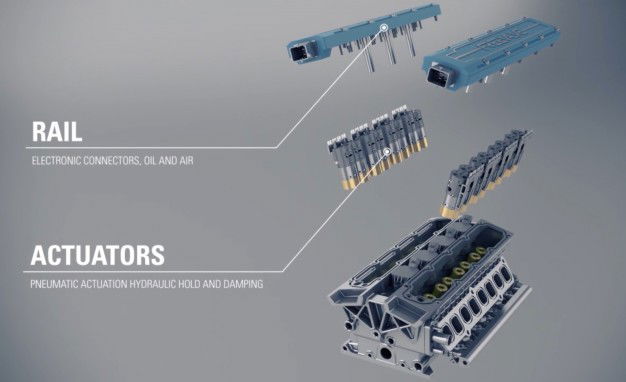
Created by Koenigsegg’s sister company Freevalve, camless engines are an elegant way to reduce some inherent inefficiencies found within a valvetrain. In a conventional engine, valves are opened and closed with camshafts that use lobes to actuate rocker arms which then open and close the inlet and outlet valves. This camless tech however replaces camshafts and rocker arms with a pneumatic valvetrain.
A standard camshaft and valve system is inefficient in its operation as the valves only stay fully open for a short duration when the camshaft lobe fully extends the valve stem. In a camless engine, an electronic signal relays to a pneumatic air supply to compress the valves to an open position. A spring is found on the valve stem to return the valve to its closed position along with a pressurised oil feed that sends a pin to contact the edge of the valve, controlling the limits of its vertical travel.
This method of opening valves allows much more control and variation of the valvetrain’s behaviour. At high engine speeds, the valves can be held fully open during each inlet and exhaust stroke to enhance the flow of air, fuel and exhaust gas, increasing top-end power. At lower engine speeds, the valves can be set to open to a lesser extent, decreasing the duration that they are open allowing for a more optimal air/fuel mixture to be used. So much more flexibility and efficiency can be had compared to a standard camshaft that only has a set lobe profile.
As the valves can be individually controlled, cylinder deactivation can be implemented as well as weight savings as there is no need for a timing belt system or a bulky valvetrain. Other manufacturers like Renault, Lotus and BMW have experimented with camless engines but the technology is yet to be fully implemented within production cars. We expect to see Koenigsegg producing a 1500bhp+ camless engine in the near future, as mass production for a larger company may be a tough pill to swallow at this stage in the technology’s evolution.
Variable compression engine

One of the main problems with spark ignition engines is knock which is created by a high compression ratio. Knock can be amplified when forced-induction is also introduced, so turbocharged engines generally have to decrease their compression ratio to avoid excessive wear and damage.
Nissan has produced a fairly complex but interesting solution to this issue through a variable compression engine which has been associated with its upmarket Infiniti brand. The engine is capable of altering its compression ratio by changing the orientation of the crankshaft. This allows a constant choice between low compression for outright performance or high compression for increased efficiency.
The complex adjustment system uses a series of linkages that can alter the peak height of the piston through crankshaft orientation. The crank pins are parallelograms and have pins at two alternate corners that are positioned in terms of height by a set of actuated linkages. As the ‘bottom’ parallelogram pin is actuated downwards, the opposite corner rises, increasing the peak height of the piston and the compression ratio. The opposite actuation therefore leads to a lower compression ratio which leaves room for high power and boost.
Nissan’s unit can produce a compression ratio between 8:1 and 14:1 depending on the crankshaft positioning, so it’s an extremely versatile powertrain as fuel efficiency can be optimised for low load driving and then switched for an increase in power when desired. This form of powertrain will be seen first in the Infiniti QX50 crossover in 2018 and will take the form of a turbocharged four-cylinder. Along with electronic boost control, the VC-T engine could help postpone the death of petrol for a few more years yet.
HCCI
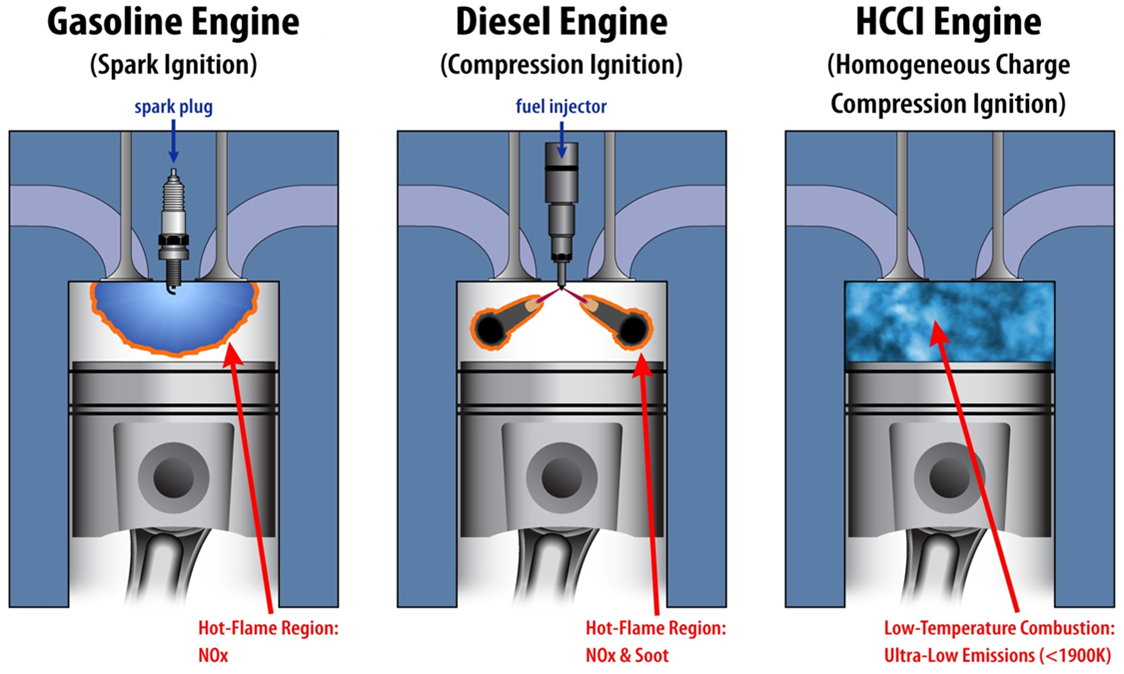
Being likened to a ‘diesel-style’ petrol engine, HCCI (Homogeneous Charge Compression Ignition) does away with spark plugs and uses very high compression within the cylinders for ignition. The air/fuel mixture is deemed as ‘homogeneous’ due to the fact that it is pre-mixed, rather than in a diesel engine where fuel is added to the air supply at the end of the compression stroke. The aim for an HCCI engine is to ignite all the air/fuel mixture instantaneously in one ignition event rather than like a spark ignition system where a flame expands and ignites the fluid as it travels through the cylinder.
An HCCI engine reduces emissions using this simultaneous combustion technique as the lack of severe heat caused by a single-source flame leads to a reduction in NOx (Nitrous Oxide) emissions. So not only will fuel efficiency increase but the products after ignition are much cleaner.
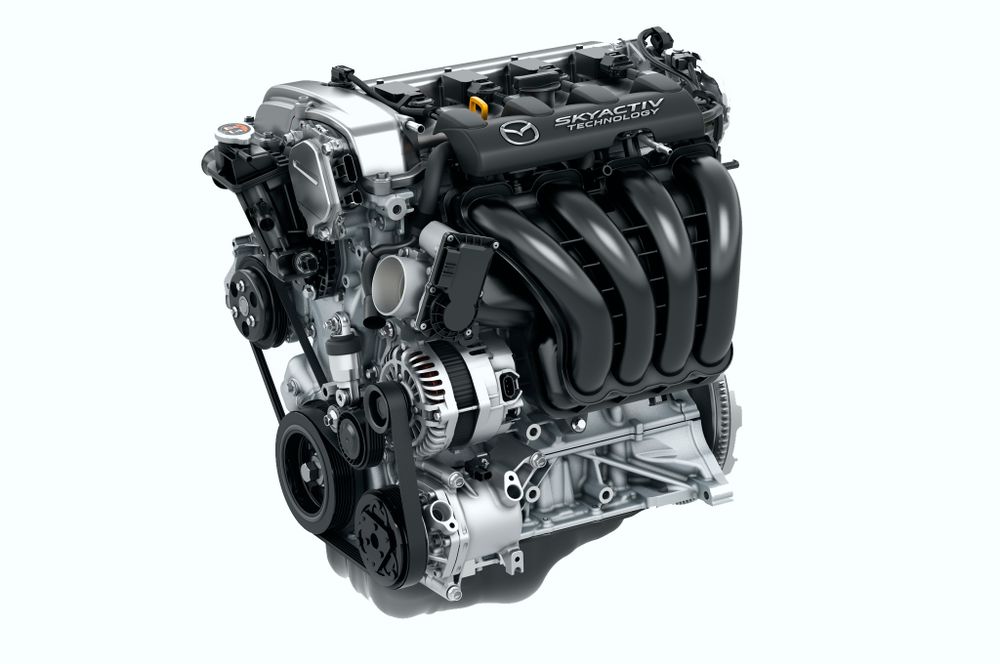
Like diesel engines, HCCI’s will use a higher compression ratio than a petrol engine but they don’t come without their issues. The main problem is the heat management within the cylinders to maximise combustion. If the inner-cylinder temperature is too cold, the ignition conditions will be poor leading to a lack of combustion and reduced efficiency. If temperatures are too high, the conditions can lead to engine knock and potentially some serious wear and damage.
It was recently reported that the next Mazda3 is set to use an HCCI powertrain with the potential for up to a 30 per cent decrease in emissions. Although this would be the debut for HCCI in the world of production cars, this thermally efficient engine may be the perfect stepping stone towards alternate powertrains before petrol and diesel are written firmly into the history books.
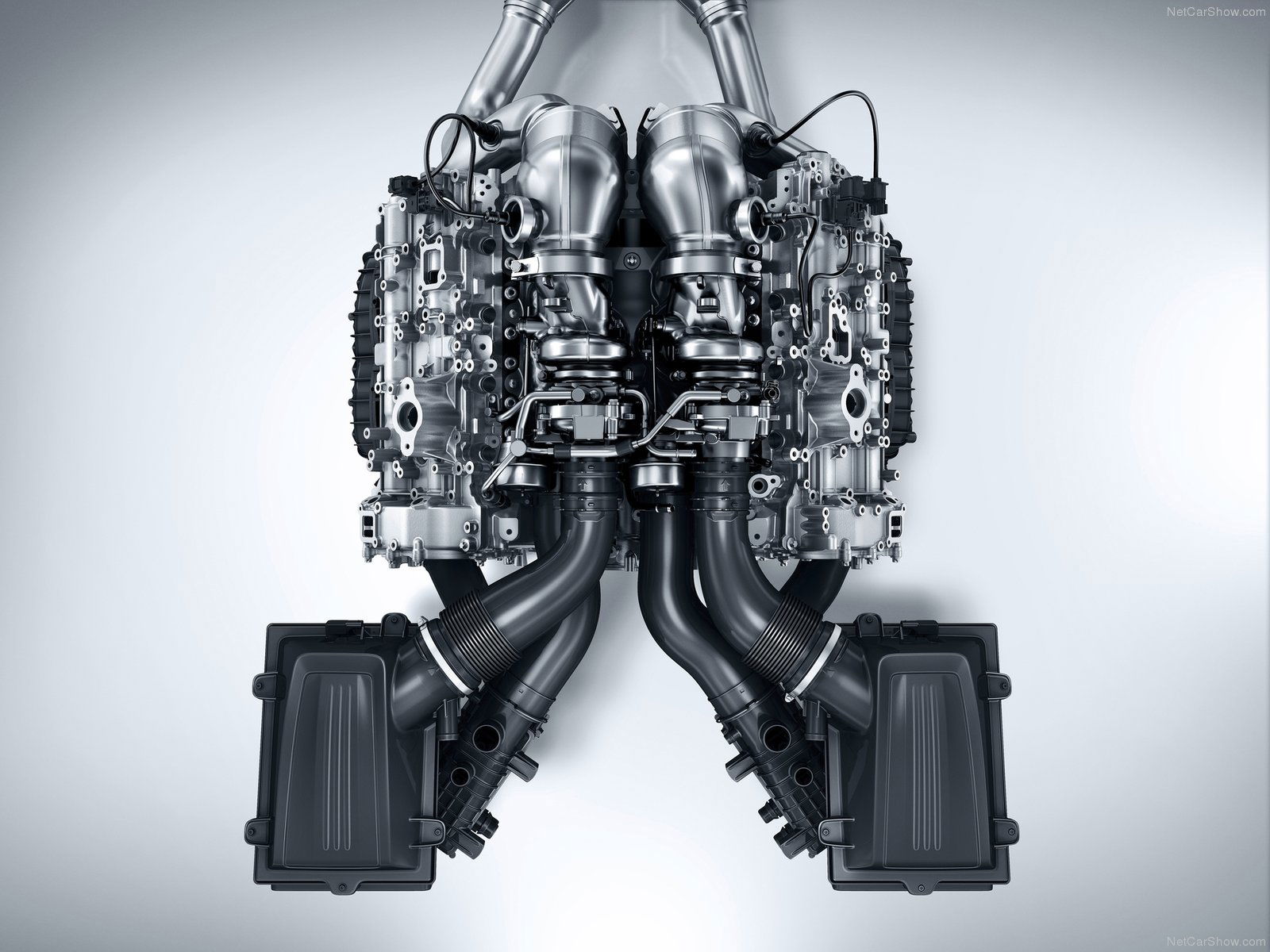
These technologies show a shift in the way the world views car engines, but we should welcome these formats over the drastic shift to hybrid or fully-electric powertrains. They may not be as simple as IC engines once were but we should revel in the fact that engineers are trying their best to keep the suck-bang-blow relationship together, preserving what’s left of what we define as a conventional engine. It won’t be long until compression ratios and valve timing are a thing of the past, but these tweaks of petrol engine technology should be a suitable swan song for internal combustion.
Will you be sad to see petrol engines go? Or are you fully on-board with the shift to new-age powertrains? Comment below with your thoughts!

Comments
‘The bentley W12 uses this to increase fuel consumption’?
Because if you can afford a Bentley you don’t care about gas mileage haha
Great article though
V tech wasent stated here…why it didnt kick in yo?
I heard before about a kind of engine that had 2 pistons compressing each other.
Ls swap them
Every time I read my grandpa one of yall’s articles he think its because I know off the top of my head!! What I’m trying to say is, is thank you for spreading this knowledge I almost enjoy it as much as my grandpa!!
I heard that’s what Chevrolet did with the LT1 engine in the corvette C7. They stuck with the 6.2L big block because it allowed them to have a greater displacement at cylinder deactivation, meaning it will be deactivated more often and ultimately better fuel economy…also they’d still have a 6.2L on the other end
Electric power trains are all well and good but they have serious problems themselves.
Firstly they are downright boring, no interesting noise, gears to shift or engine personality, making any performance electric car dull as ditchwater.
Then there’s the problem with the necessity for charging, which will significantly increase the demand for energy production, and cause ‘brown outs’.
And finally, batteries have all sorts of insanely exotic, rare materials which won’t be around forever, just like fossil fuels. Also, these materials take huge amounts of energy to source them, so it’s hardly greenhardly
Everyone has forgot the old panhard.. Two cylinder boxer engine. And the engine is held on by the exhaust manifold.. And the engine is so easy to repair that you just take out 4 bolts and lift the engine on your desk and start working on it cause it weights nothing..
I really wish someone would engine swap a Tesla.. pull out all the electrical gubbins and wack in an LS or Hemi V8
After pertol, diesel, hybrid and electric. Gas combustion will waiting for development.
Pagination